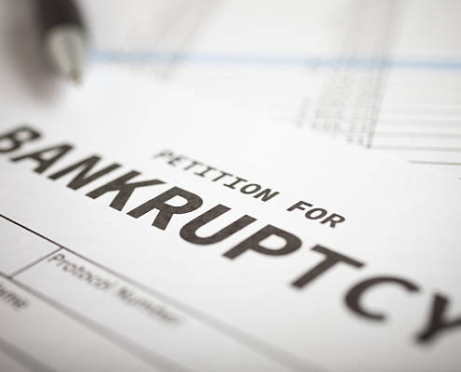Every day, we face trade-offs for how to best use our money. We constantly have to choose between competing uses of finite resources. But the cost of missed opportunities can be very high — very, very high.
In a prior business life, I was a financial adviser who was also involved in the training and development of other advisers. In doing this work, I presented a lot of seminars. A staple of basic financial seminars? An illustration of opportunity cost.

The Rule of 72
To understand the illustration, you need to understand the “rule of 72.” This rule is an approximation of how long it will take for an investor’s money to double at a given rate of return. It states that if you take the number of years it takes for the investment to double and multiply that by the rate of return, your answer will come out to 72 — approximately.
Accelerate Your Savings With an Online CD Account — Apply Here >>
For example, let’s say that you want to know how long it will take for your investment to double at an eight percent rate of return. The rule of 72 here says that eight times the length of time to double equals 72. So to solve for the length of time, we divide 72 by eight. The result? It will take about nine years (72 ÷ 8 = 9).
Naturally, you can also use the rule to find the approximate rate of return needed to double an investment in a given timeframe. For example, to determine the return required to double an investment in 10 years, we divide 72 by 10 to find it takes a return rate of approximately 7.2 percent to double an investment in 10 years (72 ÷ 10 = 7.2).
So What Is Opportunity Cost?
Now that we’re all on the same page with the rule of 72, let’s return to our discussion of opportunity cost. In this opportunity cost example, a hypothetical person — let’s call him Pat — changes jobs. Pat is 29 years old and plans to retire at age 65. That puts retirement a distant 36 years away.
Pat has accumulated $30,000 in a 401(k) plan, but he needs a new car. “Needs.”
He liquidates the 401(k). Unfortunately, he has to pay a 10 percent premature distribution penalty, as well as tax on the entire distribution. That leaves him with $22,000 or so for a car.
Pat is delighted to have a new car. He did not, however, consider the opportunity cost of this decision.
Let’s say that Pat had left the 401(k) investment intact and received, on average, an eight percent return between now and retirement. As we calculated earlier, the rule of 72 tells us that at eight percent, an investment will double in value in about nine years. So with 36 years until retirement, Pat’s 401(k) would have doubled four times by Pat’s age 65 (36 ÷ 9 = 4).
The money would have doubled once from $30,000 to $60,000, then from $60,000 to $120,000. The third doubling takes the $120,000 to $240,000. The fourth takes the $240,000 to $480,000.
That’s right — $480,000 in retirement money. That’s the missed opportunity of Pat’s decision to liquidate the 401(k).
See How Your 401(k) Stacks up in Minutes — Start by Getting Your Free Analysis >>
The Bottom Line
Pat “needed” a new car. Naturally, he would have had to allocate some resources to meeting this need. He'd have to balance that cost with the opportunity cost of liquidating the 401(k) — i.e. the $480,000 in retirement funds. Compare that to a car that will go to the scrap heap long before Pat retires.
We constantly have to choose between different possible uses for our finite resources. Understanding the consequences of our decisions can help us to choose wisely and avoid missed opportunities.









